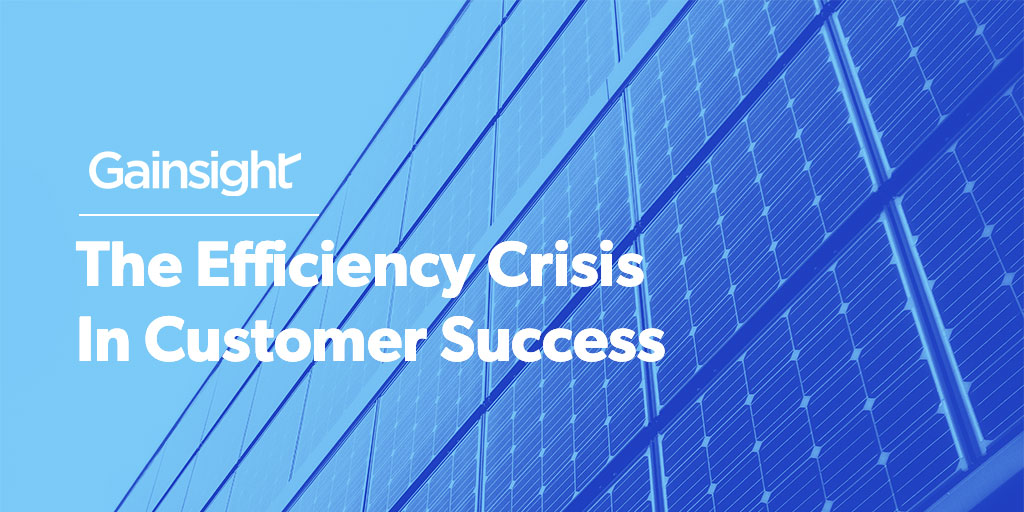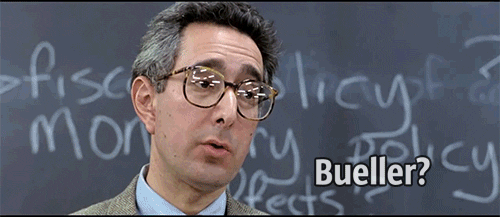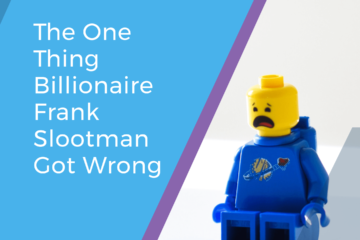
It’s December. For us software people, that means it’s time for three things:
- Holiday fun
- Closing Q4 and…
- Microsoft Excel!
Or Google Sheets. Or Pyspread (where my Python people at?). What I mean by that is it’s budgeting season! Who’s fired up? Anyone?

Okay, go with me for a bit…
Thousands of customer success leaders around the world are right now in “fun” discussions with their CFOs. They’re debating ratios, cost structures, and scaling models. They’re being asked—for the thousandth time, “How can you prove your team is having an impact?” (I’ve heard a rumor about some CFOs having “amnesia”—forgot where I heard it, though! ????)
Get 5 tips for winning budget from your C-Suite
But most notably, CS leaders and CFOs are faced with an almost impossible challenge. How do they scale their businesses and continue to get the benefits of CSM without breaking the bank?
Customer Success and the Rule of 40
This problem is particularly acute for companies trying to hit the “Rule of 40.” For those of you that don’t know, “rule of 40” is a financial concept in SaaS that’s all about balancing growth and profitability. Simplistically, the Rule of 40 is a calculation of your revenue growth minus your loss as a percentage of revenue. The idea being that number should be greater than 40.
So if you grow 100%, you can lose 60% of revenue (100 – 60 = 40). If you grow 40%, you should be breakeven. If you grow 20%, you should make 20% margin on your business.
As companies mature and their growth goes from 100% or more to 20-40%, the math starts getting intense.
How do you get your company to breakeven or more?
If you assume a normal SaaS gross margin of 70–80%, that leaves 70 to 80 cents on the dollar for all Operating Expenses—just to break even! But let’s assume 70% margins for this simple exercise.
Most companies spend 10-15% (or more) on G&A (general and administrative) and 15–25% on R&D (research and development). Let’s assume 35% combined. That means you have 70%–35% left over for Sales, Marketing, and Customer Success!
That’s not a lot.
If you’re like most scaling SaaS businesses and you spend 5–15% of your revenue on Customer Success, you end up with very little money left over for Sales and Marketing.
So how can you get the benefits of CS in terms of retention, growth, and advocacy without making it a linear scaling problem?
I’m seeing more and more CFO and CS leaders digging into this very problem, which—at its core—is an efficiency problem. In fact, our own CCO (faced with this same challenge), articulated how he’s approaching it in this blog post—it’s a pretty ingenious, “first-principles” strategy, but it’s not the only one!
10 ways innovative leaders are scaling customer success
Across the thousands of leaders I’ve met, I’m seeing many methods for scaling, including:
- Re-thinking segmentation around growth potential, not just current spend.
- Using a hybrid approach of automation with light human touch in the middle of your base.
- Totally automating the digital segment of your customers.
- Hiring earlier career CSMs and using technology to help ramp them.
- Driving more customer success in the product.
- Charging for customer success in some segments.
- Leveraging online communities and self-service more.
- Reducing wasted/low-value activities by the CSM team.
- Experimenting with Customer Success teams in global, lower cost markets.
- Buying the CFO a nice bottle of wine…
Okay, maybe that last one is a strategy every year.
But this year is the year that thousands of SaaS companies are “gazing into the abyss” of their financial spreadsheets. I don’t know if the abyss is gazing back into them (“Beware that, when fighting CFOs, you yourself do not become a CFO…” — SaaS Nietzsche, probably), but I do know they’re realizing what got them here in terms of customer success won’t get them to the future.



